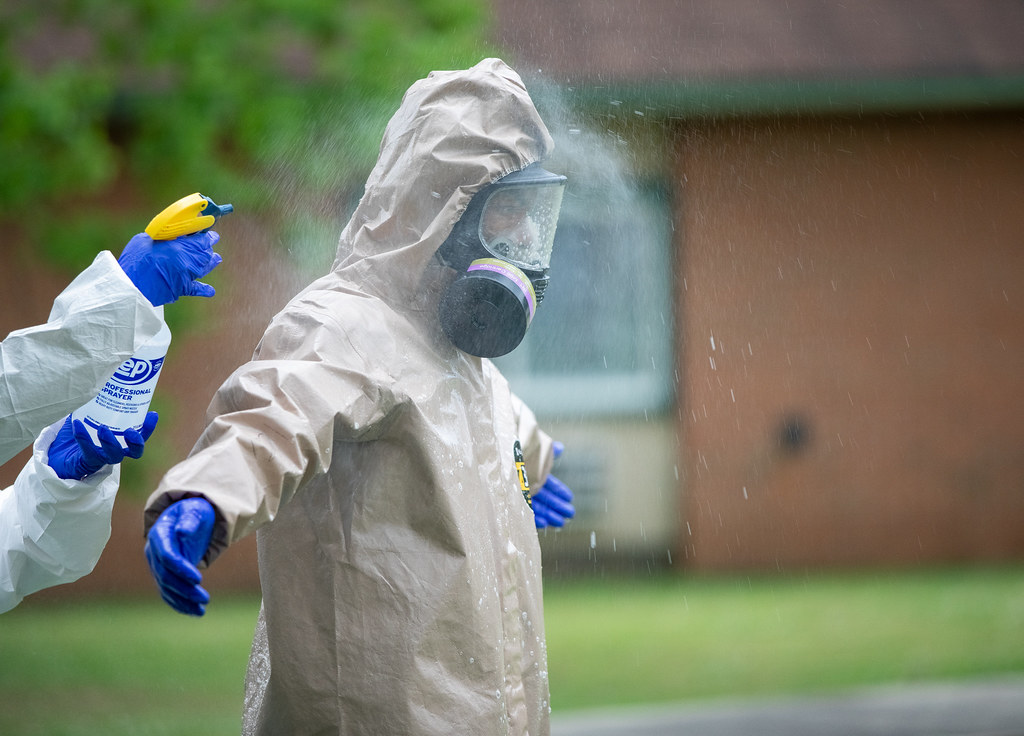Disinfecting the air ambulance has become one of the topmost concerns for the industry today. The problems that the COVID-19 pandemic has brought forth are unprecedented. It is, therefore, no surprise that air ambulance companies are grappling to find an effective protocol that can be followed. When one refers to safety, it’s all-inclusive today – from the crew members to the patients. Here are some steps that are highly recommended.
Follow a Consistent Air Ambulance Disinfection Protocol
The Centers for Disease Control in the United States recommends that air ambulance companies follow a consistent protocol. The basic rule is to ensure adequate ventilation during the cleaning process, especially when using chemical disinfectants. The aircraft doors should remain open during this process.
Wearing Personal Protective Equipment is Necessary
Donning personal protective equipment or PPE is very important. Keep in mind that the Coronavirus can remain on surfaces for hours. You do not want to contract the infection by coming in direct contact with it during the cleaning process. Discard the PPE right after the cleaning process is complete.
Adequate Ventilation is Very Important
It is hard to provide ventilation when an air ambulance has taken off. However, an adequate inlet of light is helpful. When the air ambulance is not in use, care must be taken to allow adequate airflow too. This is particularly helpful in getting rid of airborne infections like the COVID-19.
Using Appropriate Disinfectants is Absolutely Vital
Bleach is very widely used as a disinfectant but can give rise to noxious fumes. A detergent-based disinfectant is most effective. This is because the Coronavirus is covered by a layer of fat and soaps are known to dissolve fat instantly. The process instantly kills COVID-19.
Disposal of Soiled Linens
It is highly recommended that the soiled linen is not shaken in any way and is disposed of in a careful manner so that any infection-causing virus is not transferred to the surrounding surface.
It is imperative that the guidelines laid down by agencies like the CDC are followed meticulously. There is no substitute for these life-saving guidelines.


